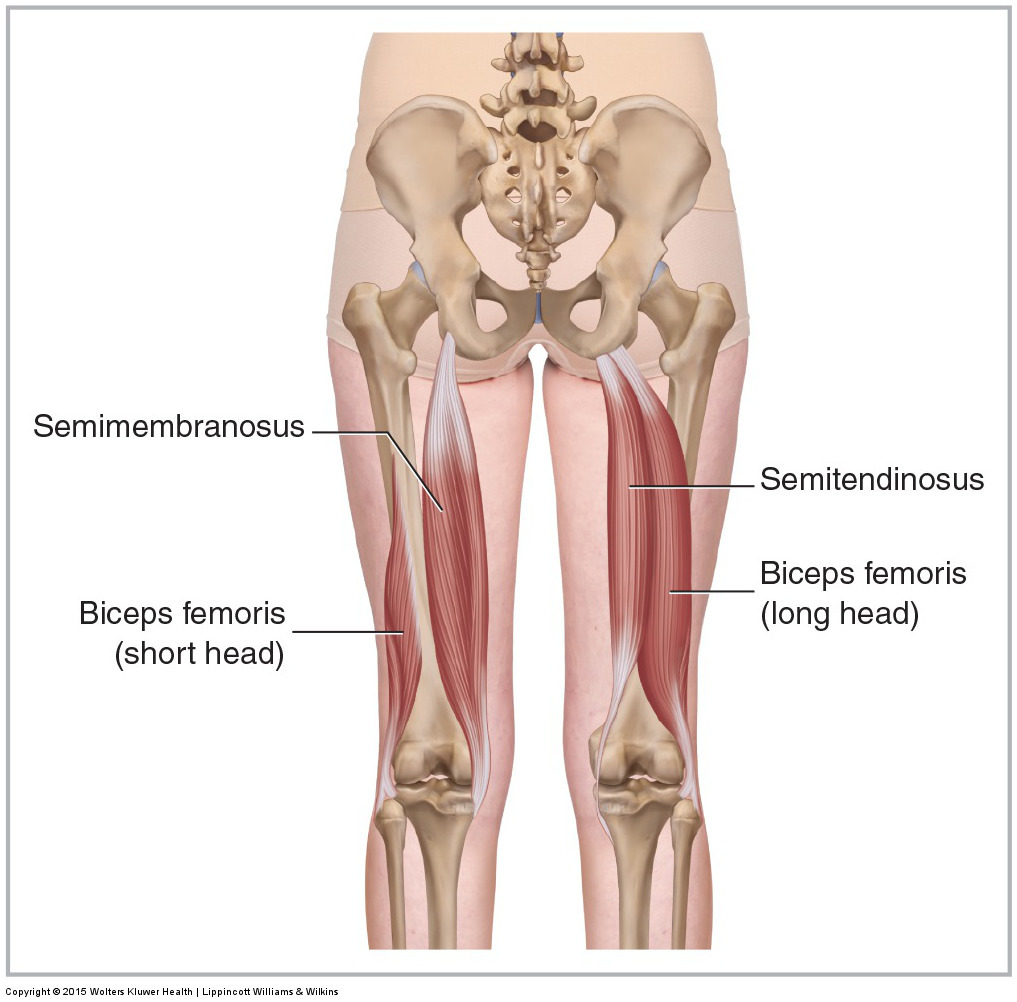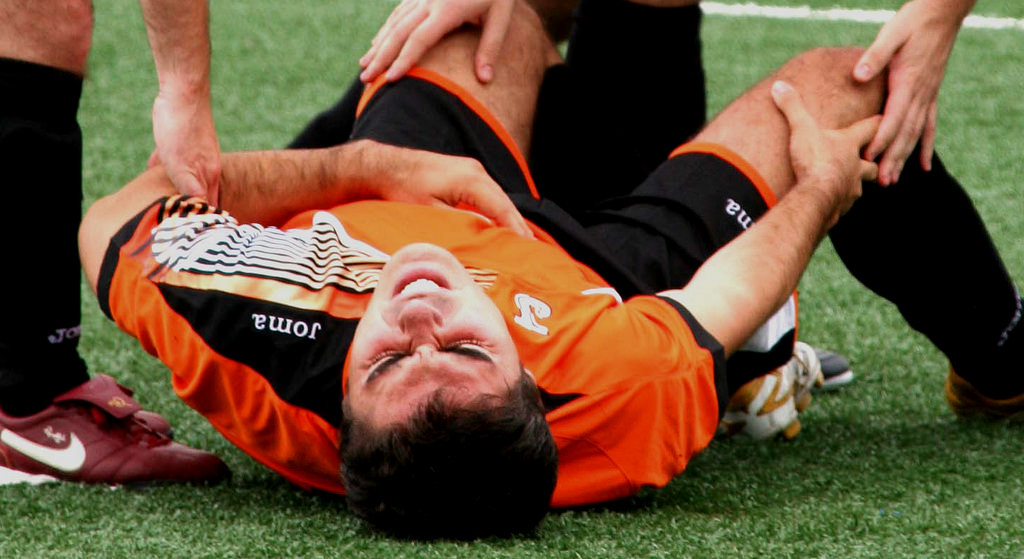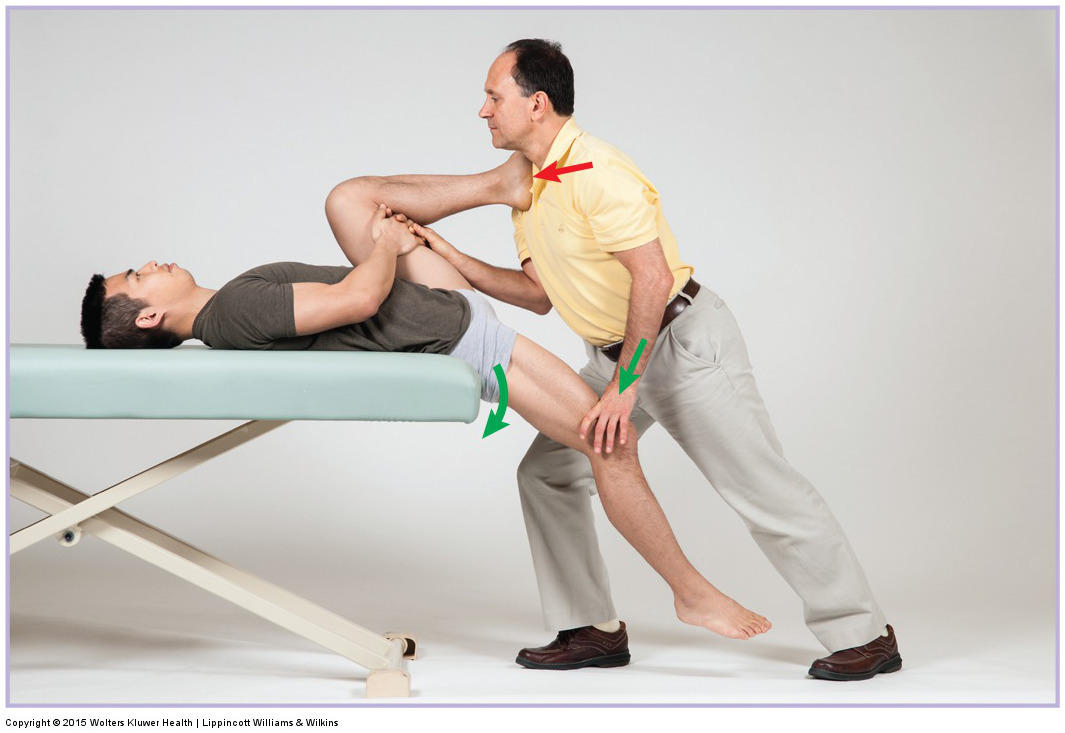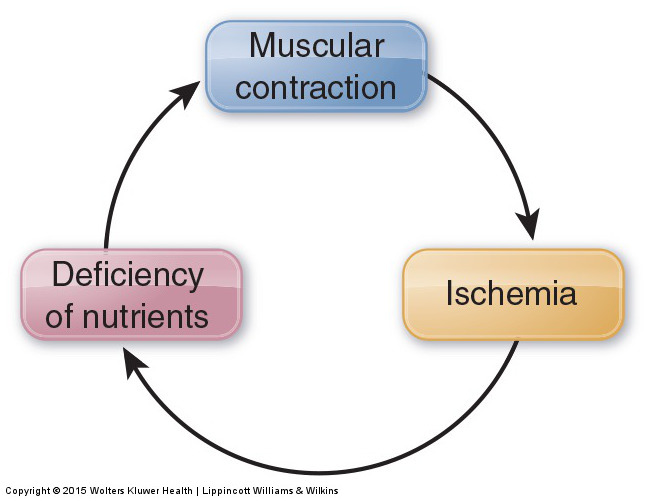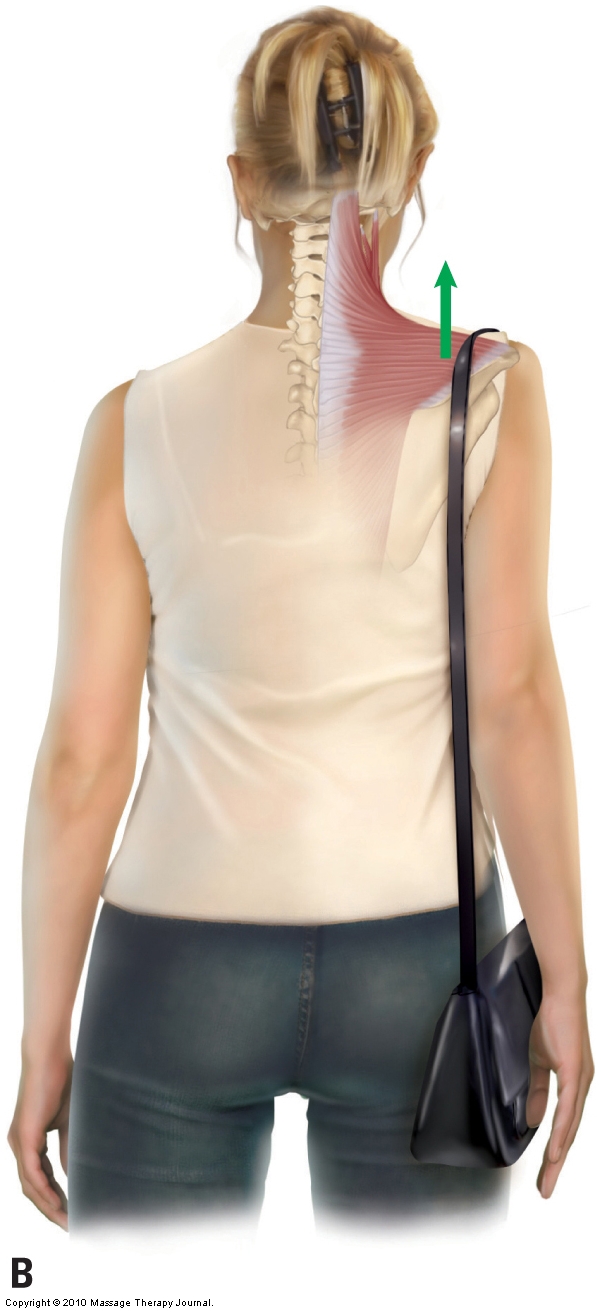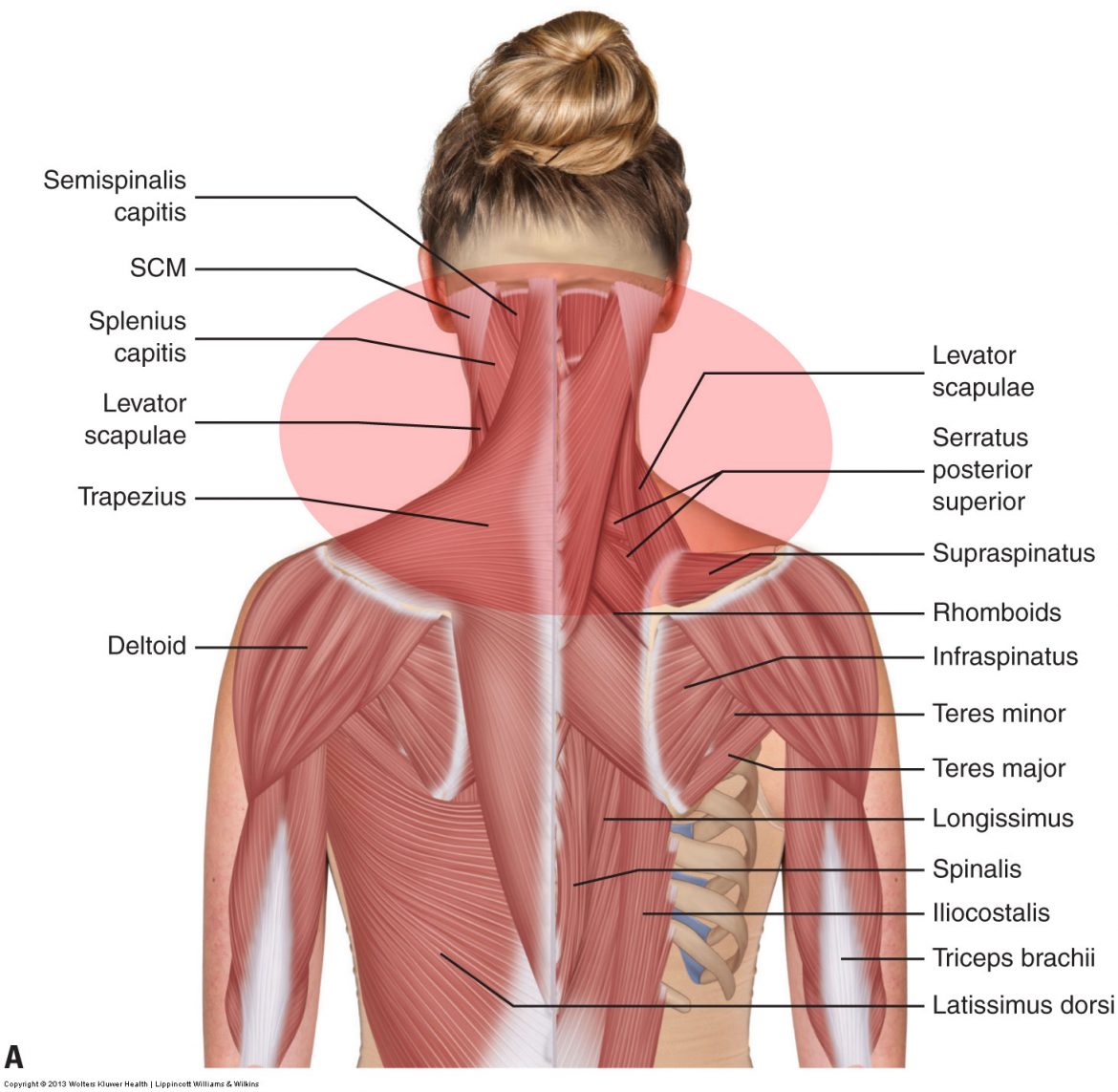The connection between the hamstrings and the sacroiliac joint is through what is known as the superficial back line myofascial meridian/anatomy train. If the hamstrings are tight, their tension pulling force will be exerted through the sacrotuberous ligament and onto the sacrum.
Late Rehabilitation after Muscle Strain Results in Delayed Recovery
Early loading after a muscle strain injury is important because immobilization can swiftly and adversely affect muscle and tendon structure and function.
Does stretching change the myofascial tissue itself?
Long-term stretching seems to occur mostly at a sensory level of the nervous system versus the mechanical properties of the muscle-tendon complex itself.
Myofascial Trigger Points (Muscle Knots)
The four most common causes of a myofascial trigger point are: overuse of the muscle, chronic stretch, prolonged immobility, and trauma to the muscle.
Hypertonic / Tight Musculature of the Neck
Tight musculature is the most common presenting complaint that a manual therapist will confront and is a component of every neck musculoskeletal condition.
What are the causes of muscle spasming in the neck?
Muscle spasming of the neck occurs because of its role in neck movement and posture, as well as it role in upper extremity movement and posture.
What are the causes of low back muscle spasming?
Low back muscle spasming is common because lumbar extensor muscles must contract eccentrically, isometrically, and concentrically whenever we bend forward.

